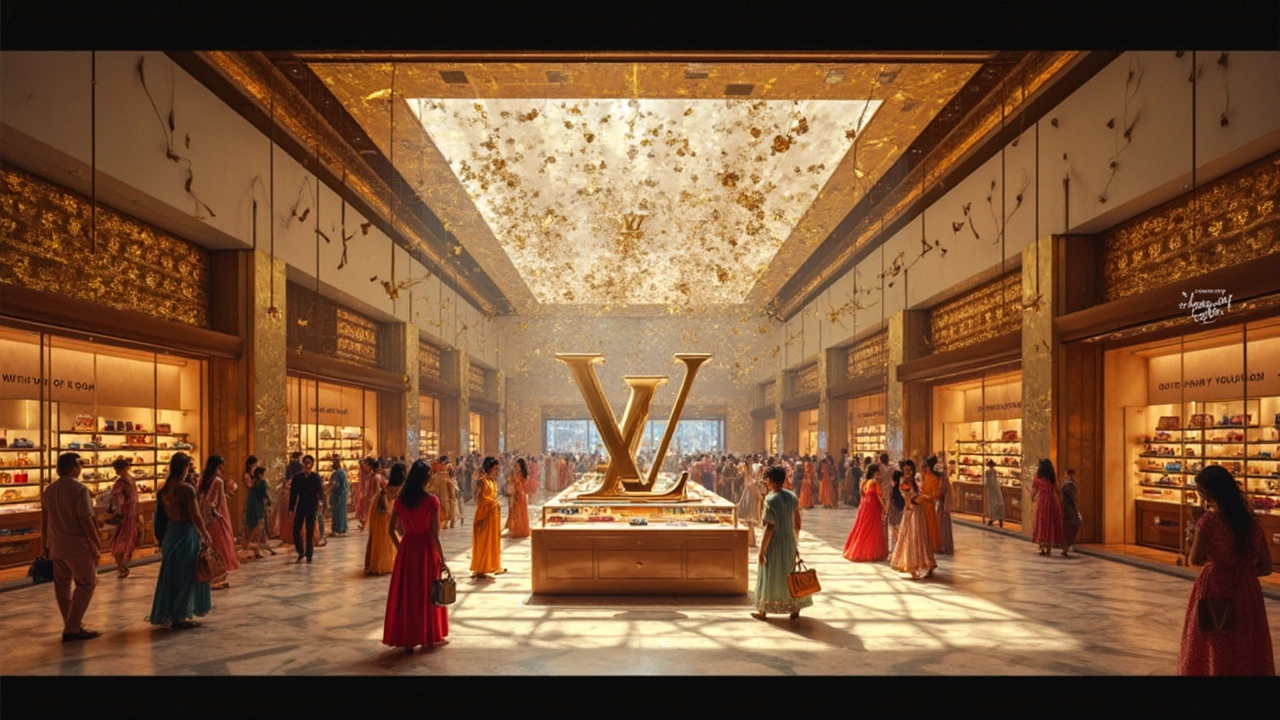Expensive Purchases: What Makes Items Costly?
When talking about expensive purchases, items that command high prices because of material value, craftsmanship, or brand prestige. Also known as high‑value buys, they often involve precious metals like gold, a classic indicator of wealth and durability and sparkling stones such as diamonds, the benchmark for luxury gems. Understanding why these elements drive cost helps you decide if a piece is worth the spend. Below you’ll find articles that break down gold purity, compare diamond prices across borders, and reveal how to spot genuine quality in high‑end jewelry.
Key Factors Behind High Prices
First up, the metal itself. Gold comes in several purities—24K, 22K, 18K—each affecting weight, color, and durability. In India, 22K is popular for wedding pieces because it balances richness with wearability, while 24K shines in investment bars but bends easily. Market forces—global mining output, currency strength, import duties—also shift daily rates, meaning the same gram can swing noticeably in price. Our posts on "Best Type of Gold to Buy in India" and "Is Gold Cheaper in the USA or India?" dive into these nuances, giving you real numbers to compare before you click ‘add to cart.’
Next, the sparkle factor. Diamonds are priced by the 4 Cs: carat, cut, color, clarity, and by market location. A 1‑carat round cut from Surat may cost less than the same carat from a U.S. dealer because of lower labor costs and a massive local cutting industry. However, certification, brand reputation, and rarity (fancy colors, high clarity) can push prices sky‑high. Our article "Diamond Prices India vs USA" explains how taxes, export duties, and consumer demand shape that price gap, so you know if a deal is truly a bargain or just a marketing trick.
Beyond materials, craftsmanship and brand heritage add layers of cost. Hand‑engraved motifs, heritage hallmarks, and limited‑edition releases create scarcity, which collectors value. When a piece carries a recognized name like Tanishq or a designer label, the premium often reflects marketing and perceived status rather than raw material alone. Our guide on "Highest Quality Jewelry" walks you through how to read hallmarks, assess setting quality, and differentiate between genuine artisan work and mass‑produced glitter.
All these factors intersect in the world of luxury jewelry, where the line between an accessory and an investment can blur. Knowing how gold purity, diamond grading, and brand storytelling influence price equips you to make smarter choices—whether you’re hunting for a one‑gram gold necklace, a daily‑wear mangalsutra, or a statement diamond ring. The articles below unpack each topic in depth, offering price comparison tables, buying checklists, and insider tips to help you gauge true value before you spend.
